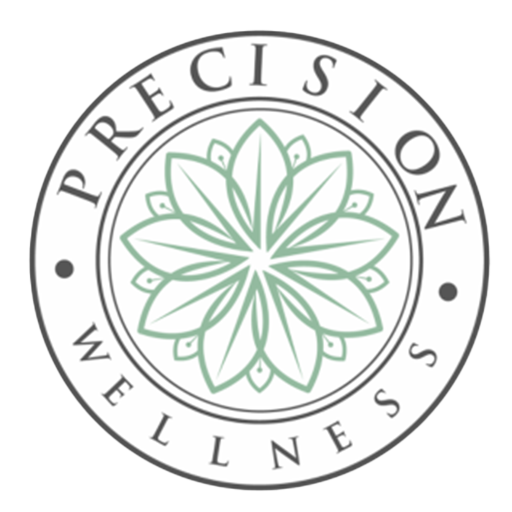Myth: Acne is caused by dirt and poor hygiene
FACT: Acne is not caused by dirt or surface skin oils. Vigorous washing and scrubbing will only irritate the skin, triggering an overproduction of oil, ultimately making acne worse. Because acne is triggered internally, the best approach to hygiene is to use Bioelements line of products for acne prone skin as directed, which fights existing acne, prevents future breakouts and heals visible signs of past acne flare ups.
The medical term for acne is an inflammatory eruption affecting the face, upper back, and chest, consisting of blackheads, cysts, papules, and pustules, and occurring, but not confined to puberty and adolescence.
Acne is a chronic disease of the sebaceous hair follicles that can be successfully treated and controlled by sticking to a strict regimen, but not 100% cured, as in permanently banished. Professional treatment and sticking to a strict at home treatment agenda is crucial. Usage of product outside of the system may compromise best results.
What causes acne?
Hormones prompt your oil glands to produces excess oil, provoking the skin cells in your pores to rapidly shed. When the pore becomes clogged by trapped oil and dead skin cells, it creates a perfect breeding ground for irritating acne bacteria. As your skin tries to deal with the bacteria, it becomes inflamed, eventually causing a full-blown breakout. To stop this cycle from repeating itself over and over, you need to use medical ingredients to control all four trigger factors:
1. Excess sebum
Sebum is produced in sebaceous follicles that are found all over the body except for the palms of the hands and soles of the feet. They may number several hundred per square centimeter on some areas of the face, and there may be about 150 per square centimeter on the back. Human sebum has great complexity containing free fatty acids, triglycerides, cholesterol, squalane and waxes. The average rates of sebum secretion are higher in people with acne than people without acne.
2. Pore-clogging Dead Skin Cells
The epidermis, or outermost layer of the skin, extends down into the follicles, forming a lining. Dead skin cells shed indie the follicles in large clumps. In people with acne, these dead cells stay in the follicle, where they mix with sebum and form an impaction called a micro-comedo.
When the impaction builds, it flows to the surface of the skin. In some cases, it causes the pore to dilate, creating an open comedone (a blackhead) or it becomes a closed comedone (a whitehead).
3. Acne Bacteria
P. acnes are a natural resident of the skin. They are anaerobic bacteria, which means they hate the air, and so they live inside sebaceous follicles. The mixture of sebum and dead cells there facilitate the overgrowth of P. acnes. The chemicals that P. acnes produce as a by-product of ingested sebum contribute to the final trigger factor inflammation.
4. Inflammation
Free fatty acids released from the P. acnes are a primary irritant. As P. acnes proliferate in the oxygen-free environment of the follicle, the irritation and inflammation increase.
The other cause of inflammation is the body’s response to the development of the acne lesion. White blood cells are the first line of defense on the body’s response to injury and infection. Some ingest the bacteria and cellular debris, others produce a host of antibodies and other substances that kill the bacteria and help repair the damaged tissue. Some cause the tissue to become inflamed as the work.
